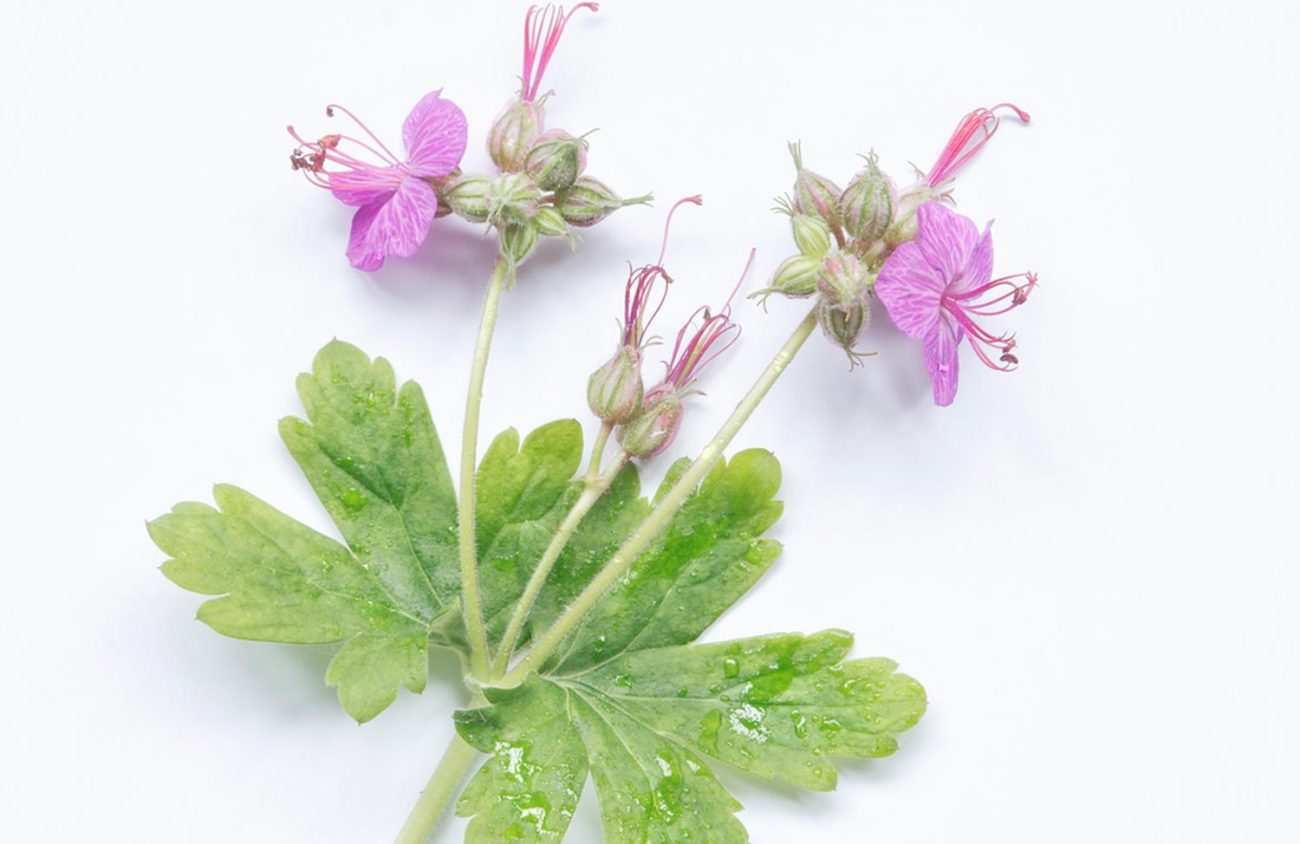Since I ranted earlier this spring about a geranium species you do not want in your garden, it seems only fair to feature some of the many geraniums that are thoroughly worth growing.
These geraniums fill various roles (specimen, groundcover, rock garden plant) and most are reliable, easy perennials that generally behave themselves.
There are plenty to choose from! Robin Parer, author of The Plant Lover’s Guide to Hardy Geraniums, owns a California nursery named Geraniaceae, the scientific name for the geranium family. While specializing in hardy geranium and erodium species, Parer also sells some interesting pelargoniums — those familiar, tender plants that most of us call geraniums and grow as summer annuals. While these are members of the geranium family, they are a genus unto themselves and they are not discussed here.
Parer’s website catalog currently lists more than 400 geranium species, including — yikes! — those notorious annual weeds, Geranium lucidum (shining geranium) and G.robertianum (herb Robert, aka stinky Bob). But let’s move on.
Many hardy geraniums are clump-formers, dying back each year to a well-defined crown. Some of these have a tendency to sprawl in the growing season.
The current rock star among geraniums, a cultivar named ‘Rozanne,’ is a good example. Geranium ‘Rozanne’ sprawls and weaves its way pleasantly into neighboring plants and blooms almost non-stop from late spring to fall. It’s been around for a decade or more, and has yet to be improved on for length of bloom and the quality of its very blue flowers. That and its relative drought tolerance make it a good choice for container. It seems to be reliable in most soils with adequate sun but may fail to wake up from a winter in waterlogged soil.
The weaving habit is shared by the magenta-flowered hybrid ‘Ann Folkard,’ which has striking chartreuse-splashed leaves. The vivid, black-centered magenta flowers derive from one parent, Geranium psilostemon, a magnificent, upright clump-former that can reach a height of 3 feet or more.
Some geraniums do not form clumps, tidy or sprawling, but steadily expand their territory, year after year. For blue flowers near the edge of a border, gardeners have long relied on a familiar old toughie named ‘Johnson’s Blue,’ putting up with a tendency to outgrow its allotted space for the sake of its color and longevity.
If you get tired of pulling it out, there are other blues to try, though most are taller. Check out ‘Brookside’ or Geraniaceae’s Plant of the Month, ‘Orion.’
While a running habit isn’t always welcome in a perennial bed, it’s a defining feature in a groundcover plant. My favorite geranium for that category is Geranium macrorrhizum. This is, as far as I know, the only geranium that deer don’t find tasty. It makes a very manageable evergreen groundcover about 9 inches deep, in shade or part shade. It has pungently scented foliage and attractive inch-wide flowers in fuchsia, light pink or pinkish white, depending on the variety.
Geranium macrorrhizum spreads by layering; that is, recumbent stems take root at the soil surface. This makes excess growth rather easy to pull out. The smaller leaves and charming light pink flowers of Geranium ‘Biokova’ look daintier, but ‘Biokova’ spreads relentlessly by underground rhizomes (like ‘Johnson’s Blue,’ but quicker) and so is harder to contain. It works very well as a uniform groundcover under shrubs, but don’t expect it to share space politely with other perennials.
Adorable Geranium dalmaticum looks like a miniature ‘Biokova’ but spreads more slowly to form neat mats. This robust and easy little plant is ideal for rock walls, rock gardens and alpine troughs.
A good geranium for foliage interest is Geranium renardii, with pale, dark-veined flowers and furry, gray-green leaves that have a quilted look. Hybrid ‘Phillipe Vapelle’ is somewhat similar, but the flowers are light purple. Like most of the geraniums listed here, both flourish in sun or light shade, but I enjoy them most in shade, where the leaves look their best.
Rachel Foster lives and gardens in Eugene. She can be reached at rfoster@efn.org.
